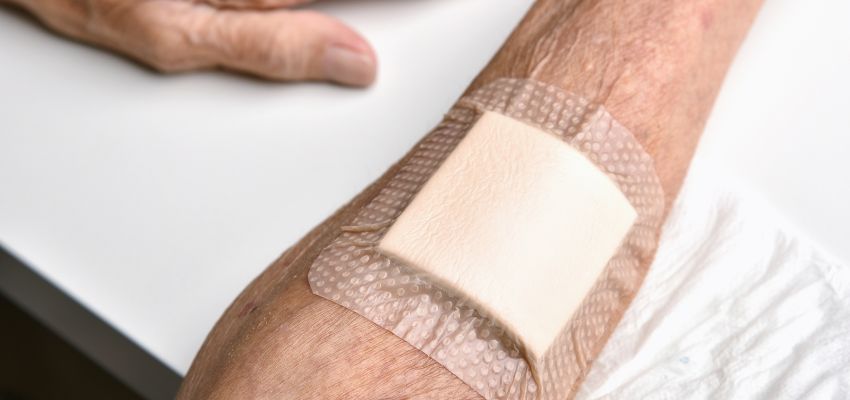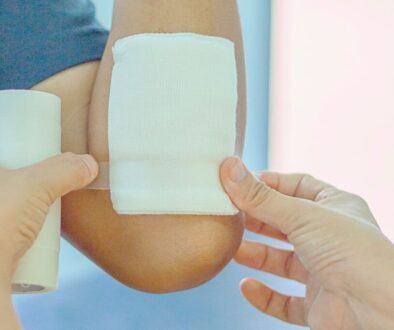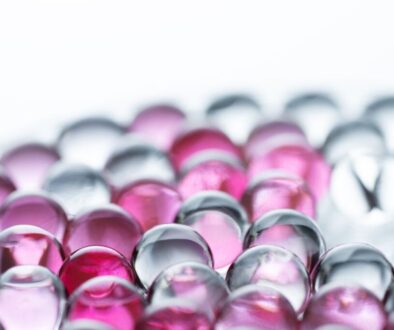Placenta Graft Benefits: How It Enhances Recovery In Surgery

Important Role Of Placental Grafts In Tissue Repair
Placental tissue is effective in promoting wound healing due to its intricate structure. It contains extracellular matrix proteins, cytokines, and various signaling molecules.
These components work together to enhance the wound environment. They facilitate cell proliferation, migration, and the release of growth factors. Placental tissue is vital for effective repair processes. It supports wound healing at various stages.
What Are The Sources Of Placental Tissue?
Placental tissue is often collected from healthcare facilities after childbirth. Parental consent is needed for its use. Usually regarded as medical waste, this tissue can be repurposed for various clinical applications.
Using placental tissue as allografts is highly beneficial for treating chronic wounds. These tissues help improve wound healing outcomes, promote cell proliferation and migration, and facilitate cytokine stimulation.
Amniotic Membrane Allografts In Promoting Wound Healing
Amniotic membrane allografts are gaining attention in clinical practice. They’re effective in promoting wound healing. Amniotic membranes are used in many surgical and medical procedures, including dermatological, surgical, and dental treatments.
They contain essential properties like growth factors, cytokines, and other signaling biomolecules, which are vital for promoting quick tissue repair. When an amniotic membrane graft is placed on a wound, it acts as an extracellular scaffold. This enhances re-epithelialization and supports the healing process.
Placenta Graft Benefits In Wound Healing
Placental tissue allografts are used in many medical fields, including surgery, burn treatment, and ophthalmology. They help enhance healing outcomes. Amniotic membrane allografts, in particular, demonstrate versatility and effectiveness in wound healing applications.
Here are some of the must-know placenta graft benefits:
- Immunologically privileged. Placental tissue is less prone to eliciting an immune response, making it an ideal candidate for grafts and transplants.
- Enhances cell proliferation and migration. The elements in placental tissue work together to promote cell growth. This growth and movement are essential for effective tissue repair.
- Promotes faster healing. Amniotic membrane allografts are a unique type of placental tissue. They’re especially effective at speeding up the healing process.
- Diverse applications. Placental grafts are used in various medical fields. These include surgery, burn treatment, ophthalmology, and the care of diabetic foot ulcers.
These placenta graft benefits highlight the tissue’s potential. It can improve healing outcomes in various medical contexts.
What Are The Limitations Of Placental Grafts?
Placental grafts offer exciting medical applications. However, it’s essential to recognize their inherent limitations.
- Treatment costs. The high cost of placental tissue therapies is a barrier, especially for those using amniotic materials. These expenses hinder widespread adoption. Moreover, insurance coverage uncertainties frequently dissuade patients from opting for these treatments.
- Insufficient data regarding effectiveness. Despite its long history, comprehensive research on the efficacy of placental tissue therapies is lacking. This is especially true for treatments beyond amniotic membrane allografts. This data gap contributes to patient hesitation.
- Patients’ preferences. Patient consent is essential. Individual preferences can influence the acceptance of placental tissue therapies. Healthcare providers must respect these preferences and ensure patients are informed about the safety and benefits of these treatments.
- Ethical considerations. Using human placental tissue raises ethical questions, including issues about repurposing human tissues for therapy. While often viewed as minimally contentious, these issues are part of broader discussions in medical ethics.

Placental Grafts: A Transformative Future For Wound Healing And Recovery
Placental tissue has unique biological properties and shows great promise for enhancing wound healing. However, several key considerations must be addressed to fully maximize the placenta graft benefits in clinical practice. As research evolves, placental tissue may become a key component in advanced wound care strategies.
Heal Ulcers, Burns, & Surgery Wounds With Break-Through Amniotic Allograft Treatments
Experience the future of wound care with our advanced amniotic allograft treatments. Say goodbye to slow healing. Our innovative solutions promote faster recovery from pressure wounds, ulcers, burns, and surgical wounds. Trust the power of science for your healing journey. Regain your comfort and health today! See if you are eligible for treatment here.

About The Author
Corinne Grace is a full-time writer living in the Philippines. She has a nursing degree from Riverside College. Her background in nursing informs her perspective, allowing her to weave in themes of health, empathy, and resilience into her work.




